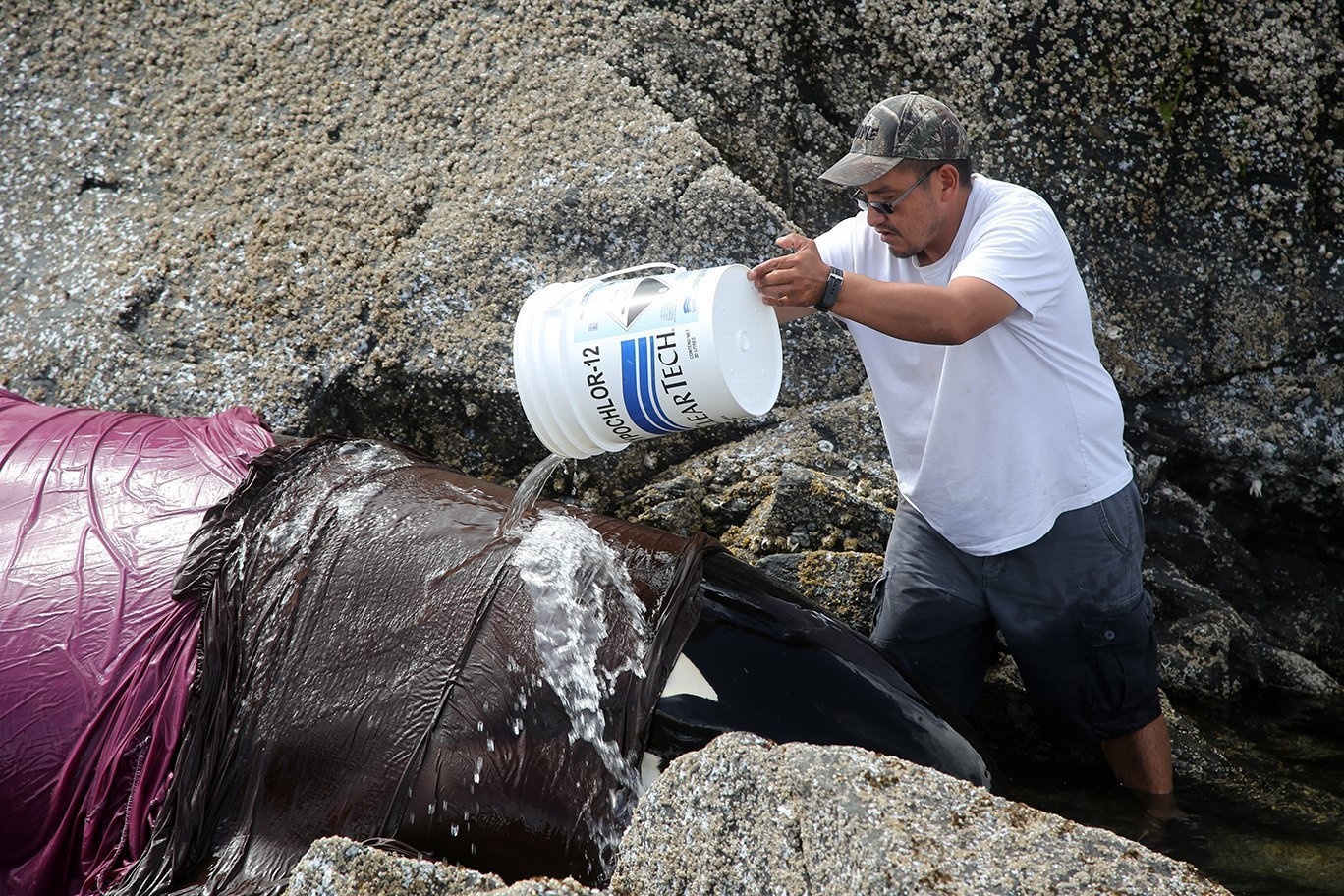They are truly dedicated
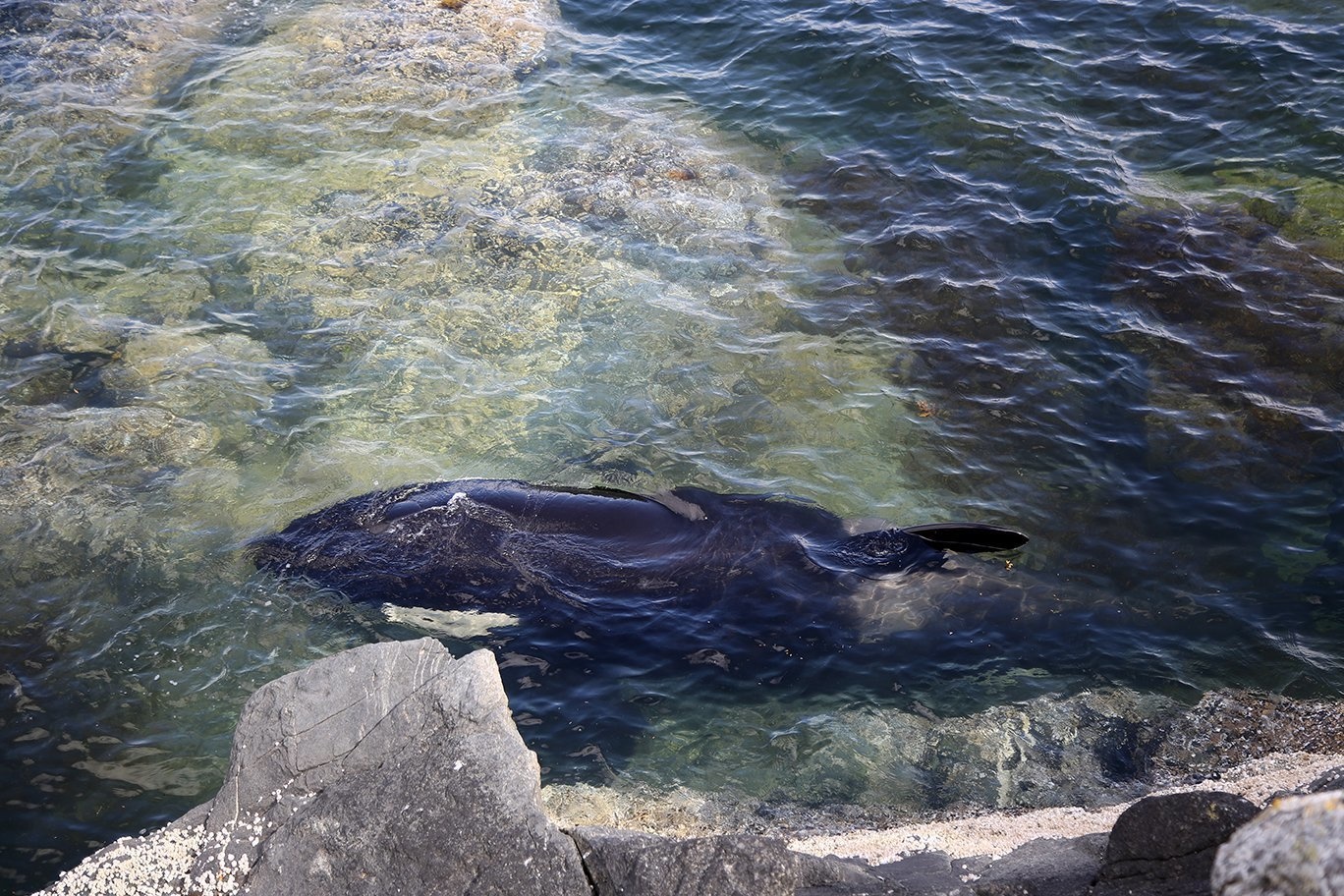
It goes without saying that this team of rescuers was not going to leave this baby orca’s side until they had made sure she was no longer in danger. And that would only be possible when the tides were back up again. They accompanied this innocent little orca for more than eight hours to make sure that she was wet the entire time. Talk about dedication!
A happy ending!
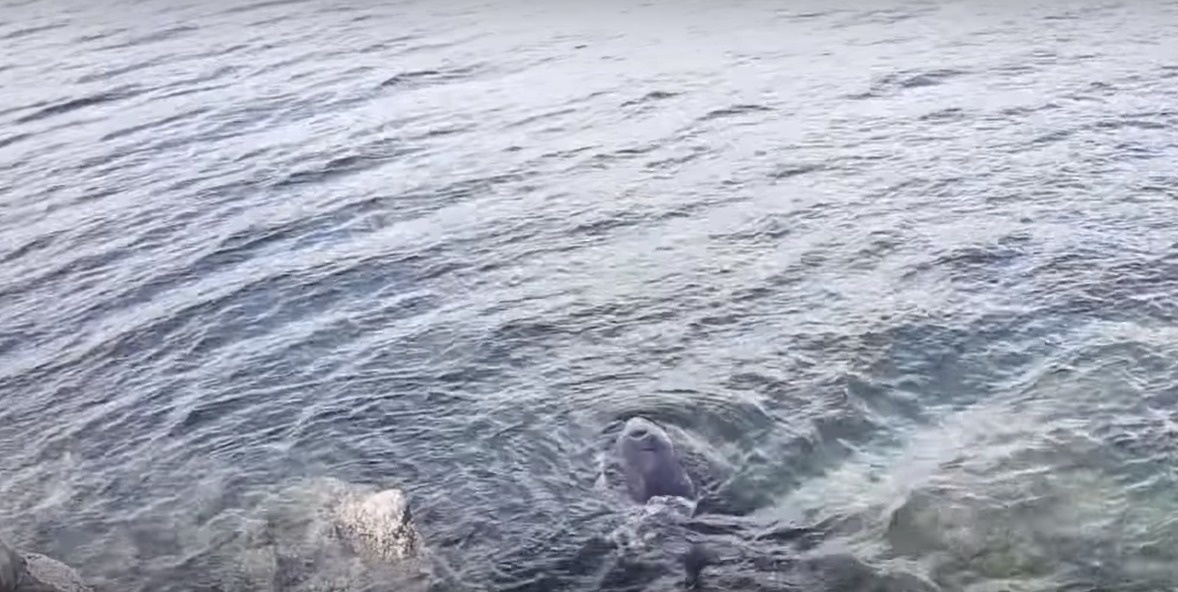
As the tides had begun to rise again, the rescuers rejoiced. They took their shirt off of the whale and put them back on. The whale too seemed to have gotten excited by this as she began wigging her tail with each rise in the tide. Finally, she managed to break free of her rocky prison and sway freely into the open ocean, back to her family. She could be heard long after she was gone. As if saying her thanks to her brave rescuers.
Continue reading to find some mind-blowing facts about killer whales a.k.a. orca
What’s in a name?
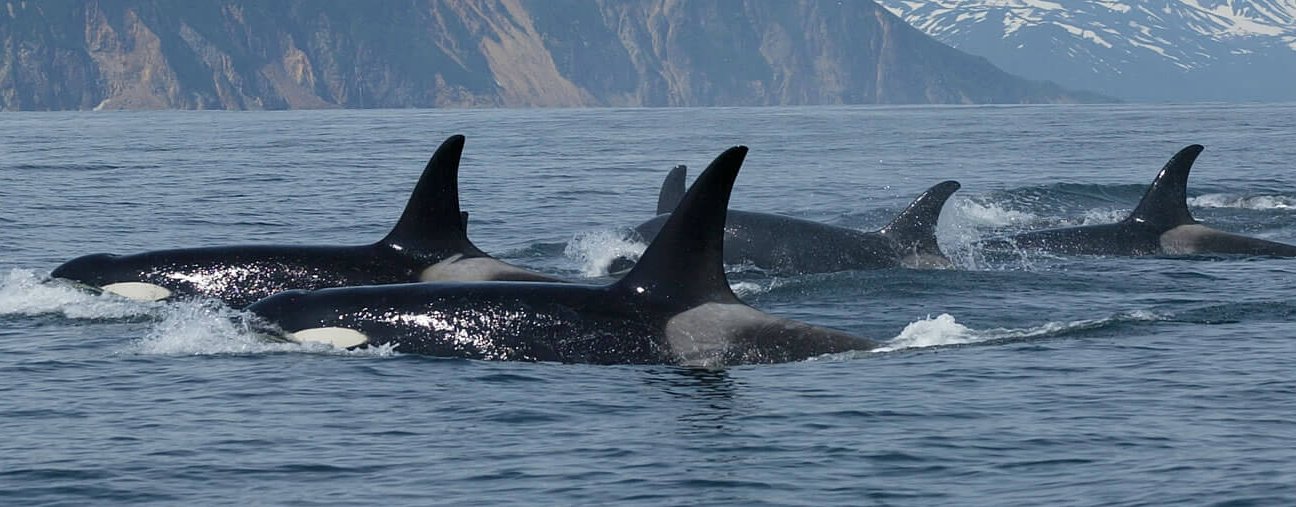
In Latin, the killer whale or the orcas are called Orcinus orca. Orcinus can roughly be translated to “of the kingdom of the dead” and it is reasonable to assume that this name is derived from the Roman god of underworld Orcus. We think it compliments its fierce hunting prowls quite nicely.
Heavyweight
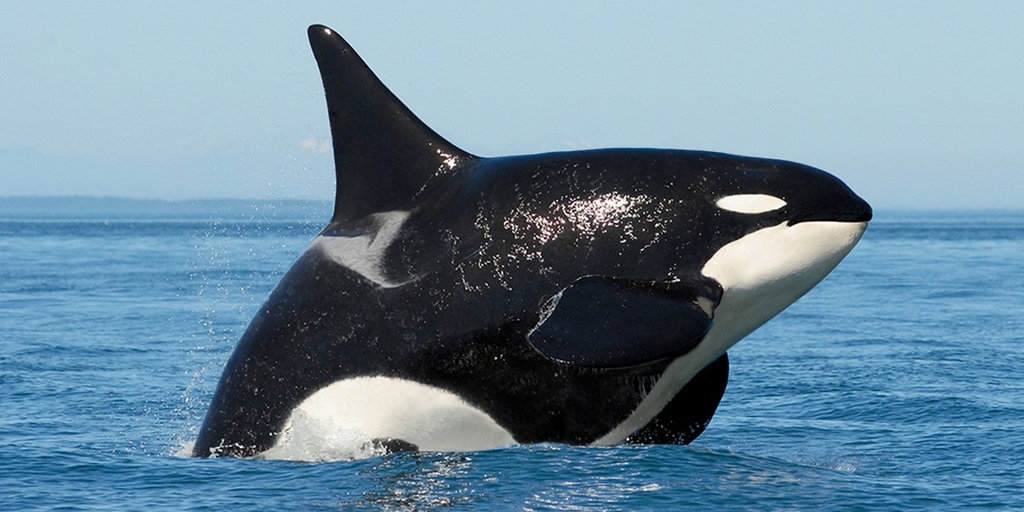
From the time they are born, a baby orca can possibly weigh as much as 180 Kg and can be as long as 2 to 3 meters long. And from the average size of an adult male noted over the years they can weight as much as 8600Kg while growing up to 10 meters in length, while a female adult can grow up to 9 meters and weigh up to 5400Kg.
Diverse diet
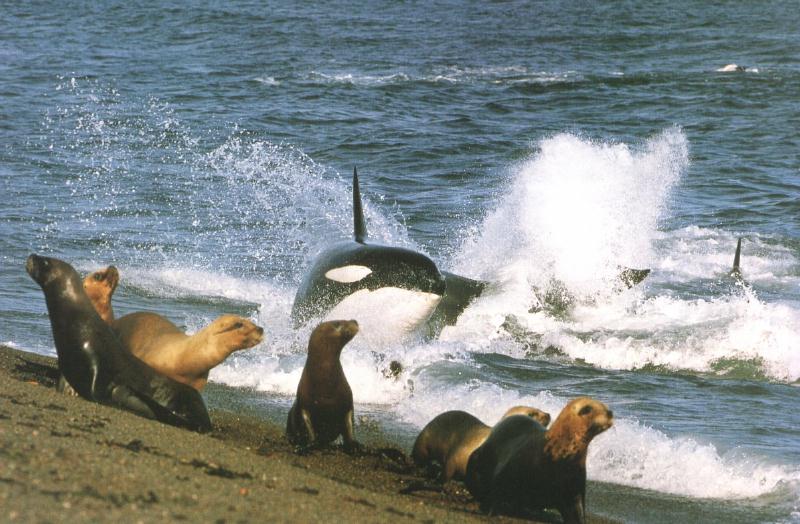
Orcas can be separated into two ecotypes (a distinct species which are occupying a particular habitat). While the Northeastern Pacific residents are known to be fish-eaters where-as their cousins mostly eat marine mammals, a prime example of such are orcas who are native to the water off New Zealand and have been known to eat rays and even sharks!
On the hunt
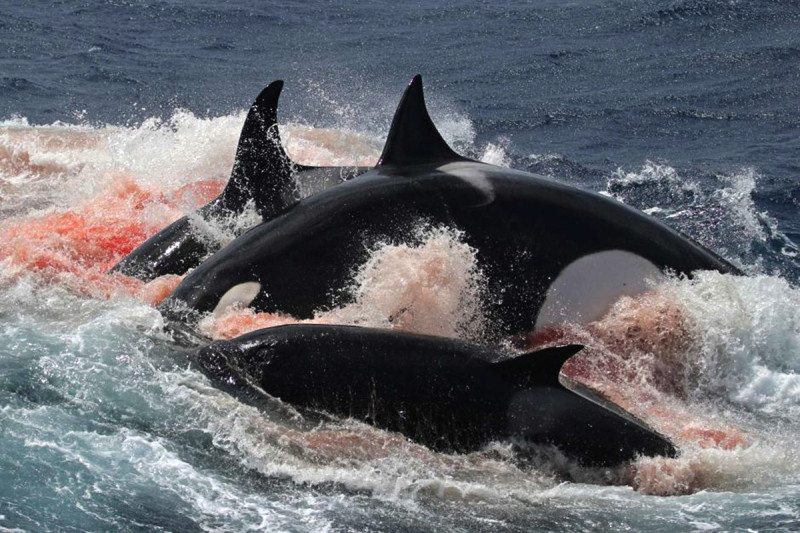
Orcas are indeed really fast-paced swimmers with their recorded speed peaking at 54 Km/h. One of the ways these marine predators are known to hunt is by first herding their prey followed by a sharp strike of their tail. They even work in conjunction with other orcas in-order to hunt their prey..
